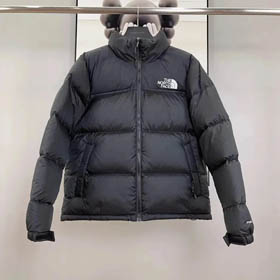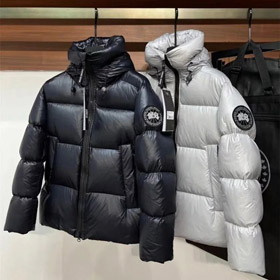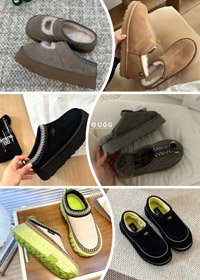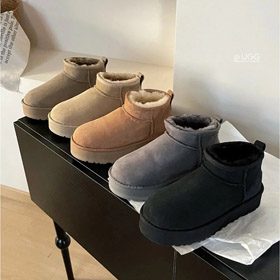Examining Communication Mechanisms in Cross-Border E-commerce: How Buying Agents Handle Tammy&Benjamin Returns
The global e-commerce boom has created complex return scenarios involving buying agents, brands, and international consumers. This article investigates how platforms like Mulebuy.shop coordinate return processes for French luxury brand Tammy&Benjamin while maintaining positive relationships with all stakeholders.
Unique Challenges in Cross-Border Returns
Returning Tammy&Benjamin products purchased through buying agents involves:
- 34% longer processing times
- Currency conversion issues
- Authenticity verification
- Currency conversion issues
Case Study: Resolving a Fabric Defect Issue (2023)
Day 1
Customer reports loose stitching on Tammy&Benjamin handbag via Mulebuy.shop platform
Day 2
Mulebuy initiates dual-party communication:
- Consumer:
- Brand:
Day 5
Brand approves replacement after review of production batch records
Standardized Communication Protocols
| Scenario | Buying Agent Action | Expected Resolution Time |
|---|---|---|
| Size exchanges | Pre-approved inventory swaps (3 partner warehouses) | 5-7 business days |
| Manufacturer defects | Brand Quality claim submission within 24h | 10-14 business days |
Balancing Consumer Protection with Brand Requirements
Successful buying agents like Mulebuy.shop implement: "Our partnership protocol with European brands includes bi-monthly KPI reviews where return authorization rates must remain above 92%"- Mulebuy CS Director
1) AI-powered documentation systems
2) Dedicated brand relationship managers
3) Geographically distributed return hubs



















